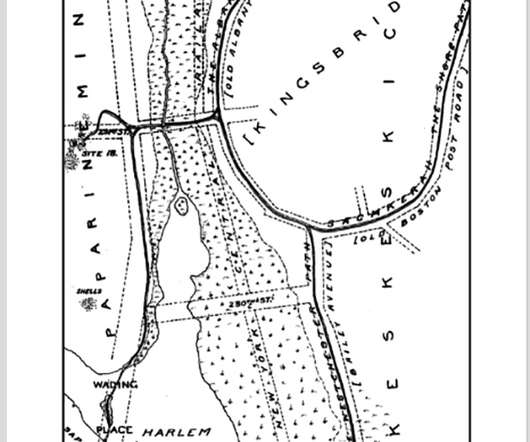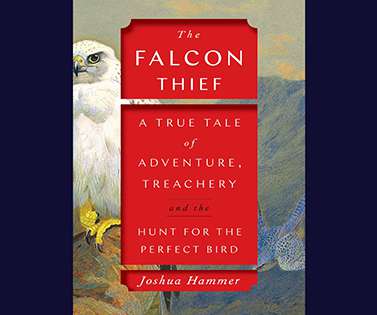U.S. Fish and Wildlife Service Proposes 2015 Expansion of Hunting and Fishing Opportunities on National Wildlife Refuges
10,000 Birds
JUNE 17, 2015
Fish and Wildlife Service Director Dan Ashe today announced as part of Great Outdoors Month the agency is proposing to expand fishing and hunting opportunities on 21 refuges throughout the National Wildlife Refuge System. National wildlife refuges provide premier outdoor recreational opportunities across the Nation.












Let's personalize your content